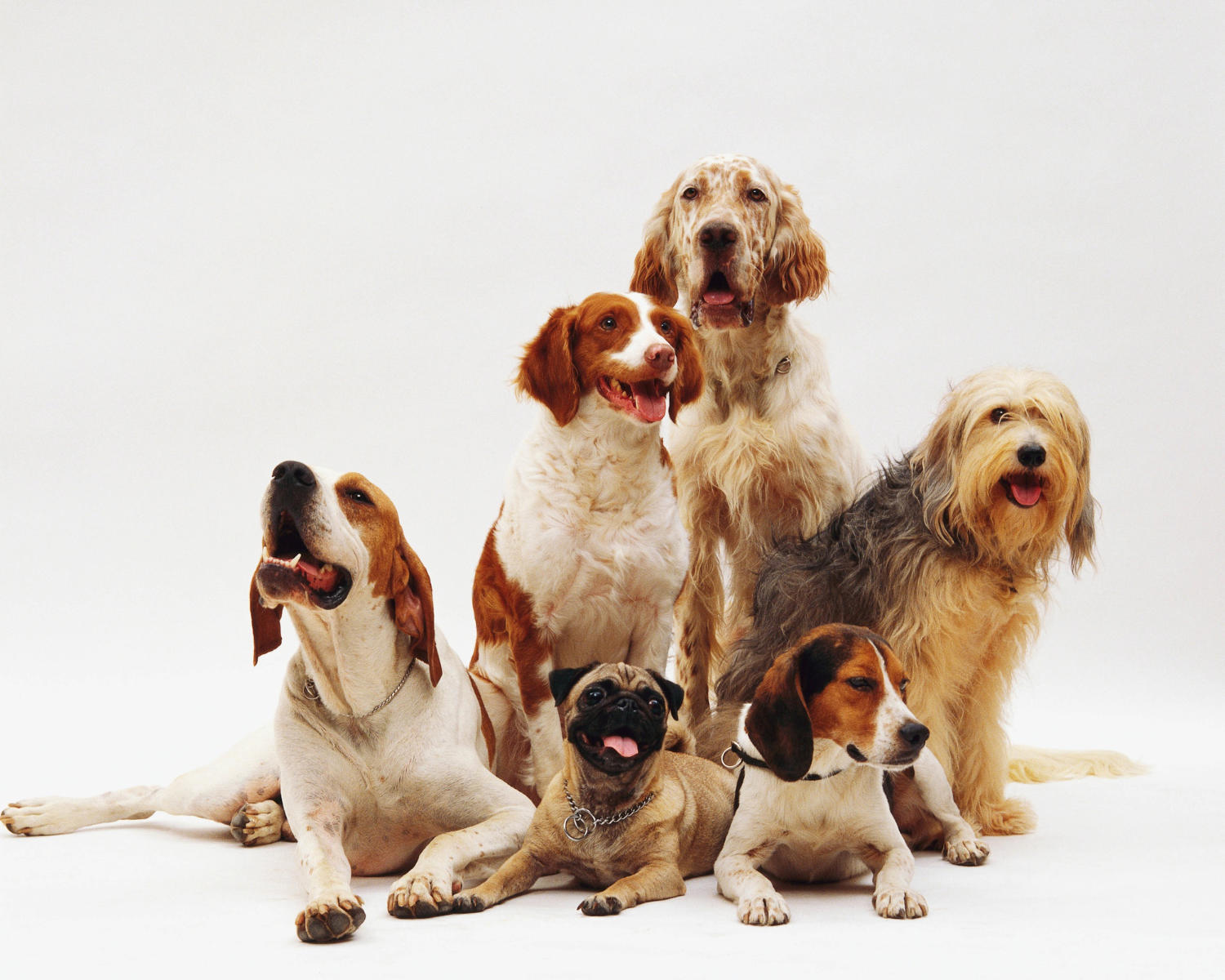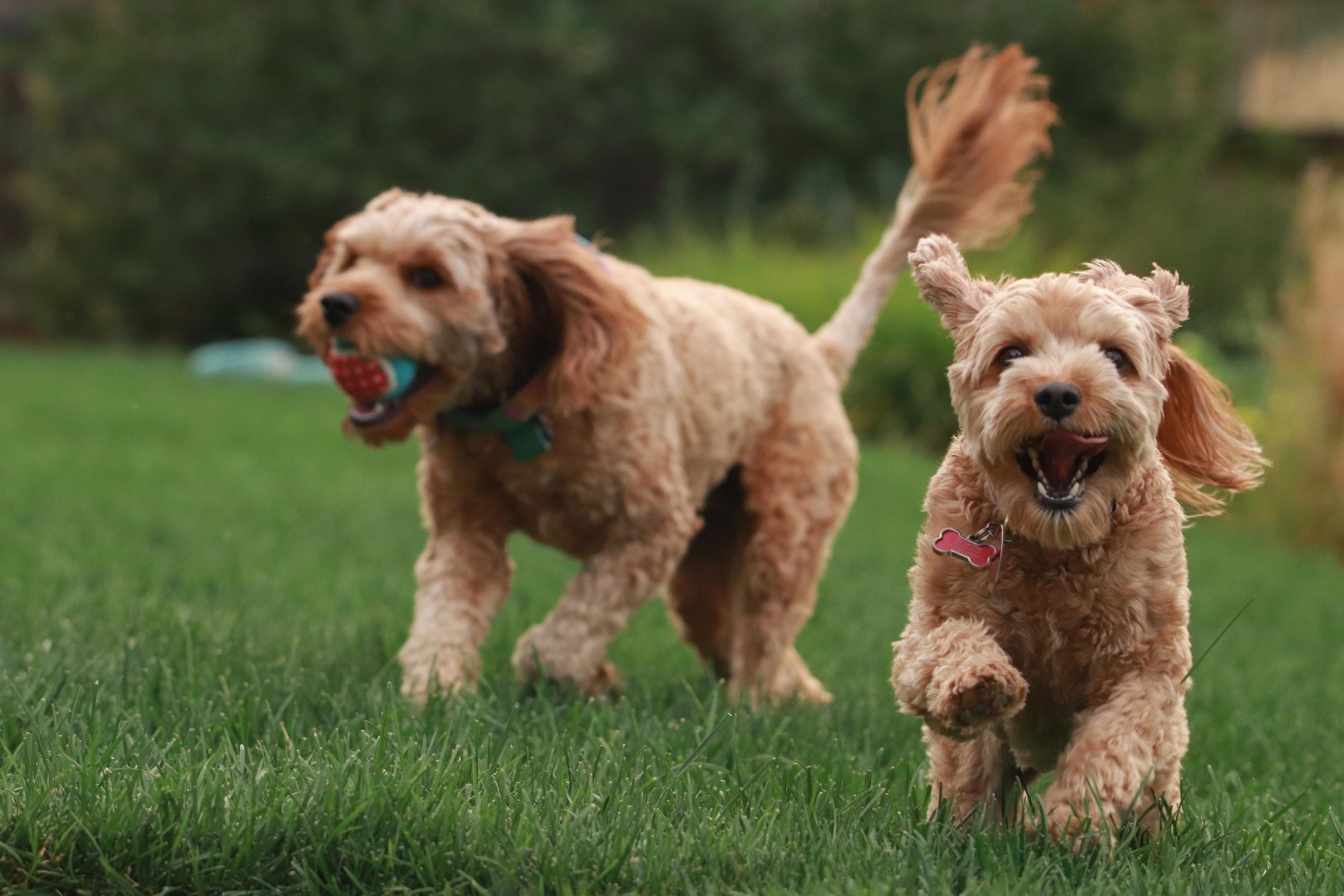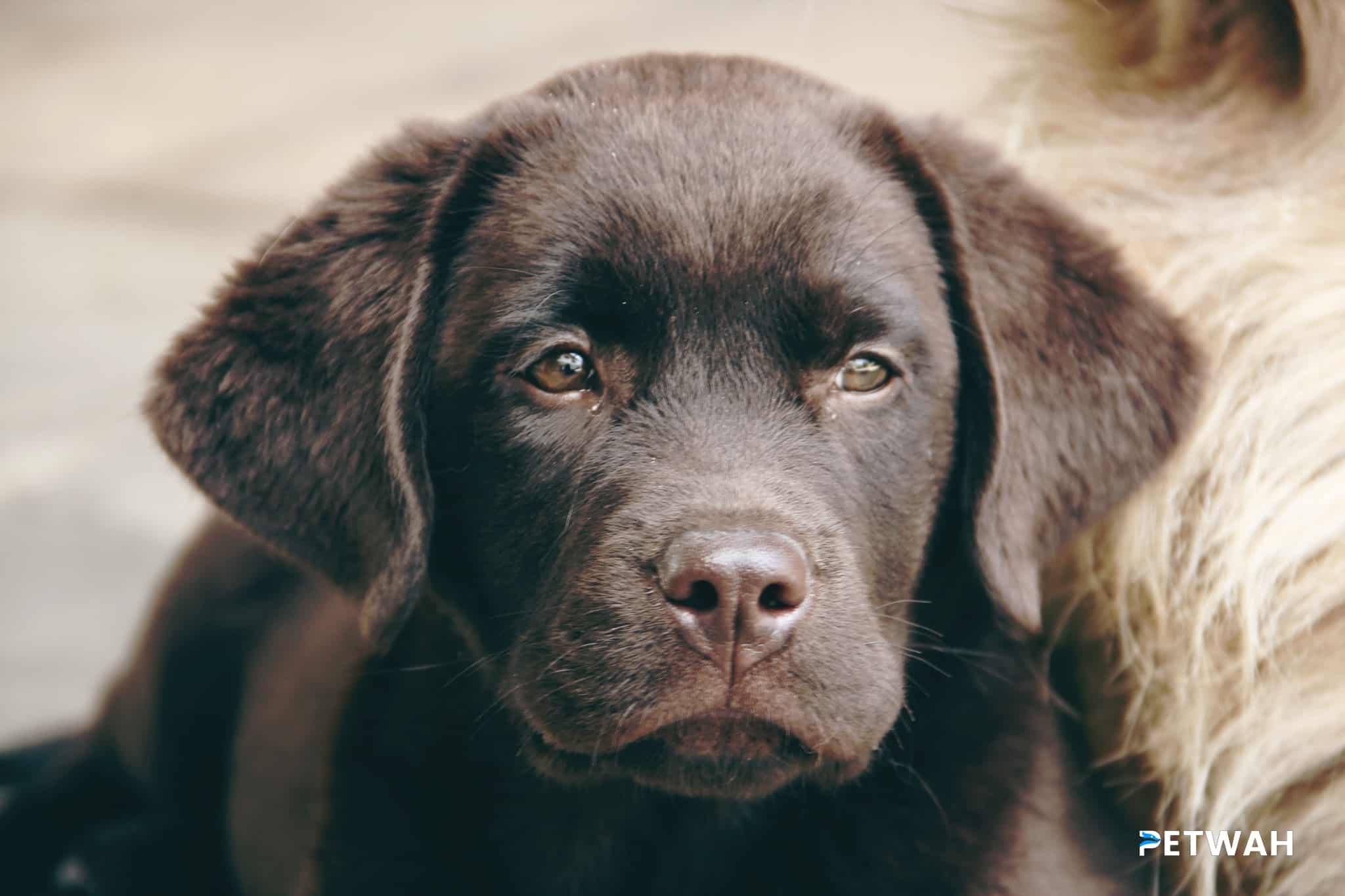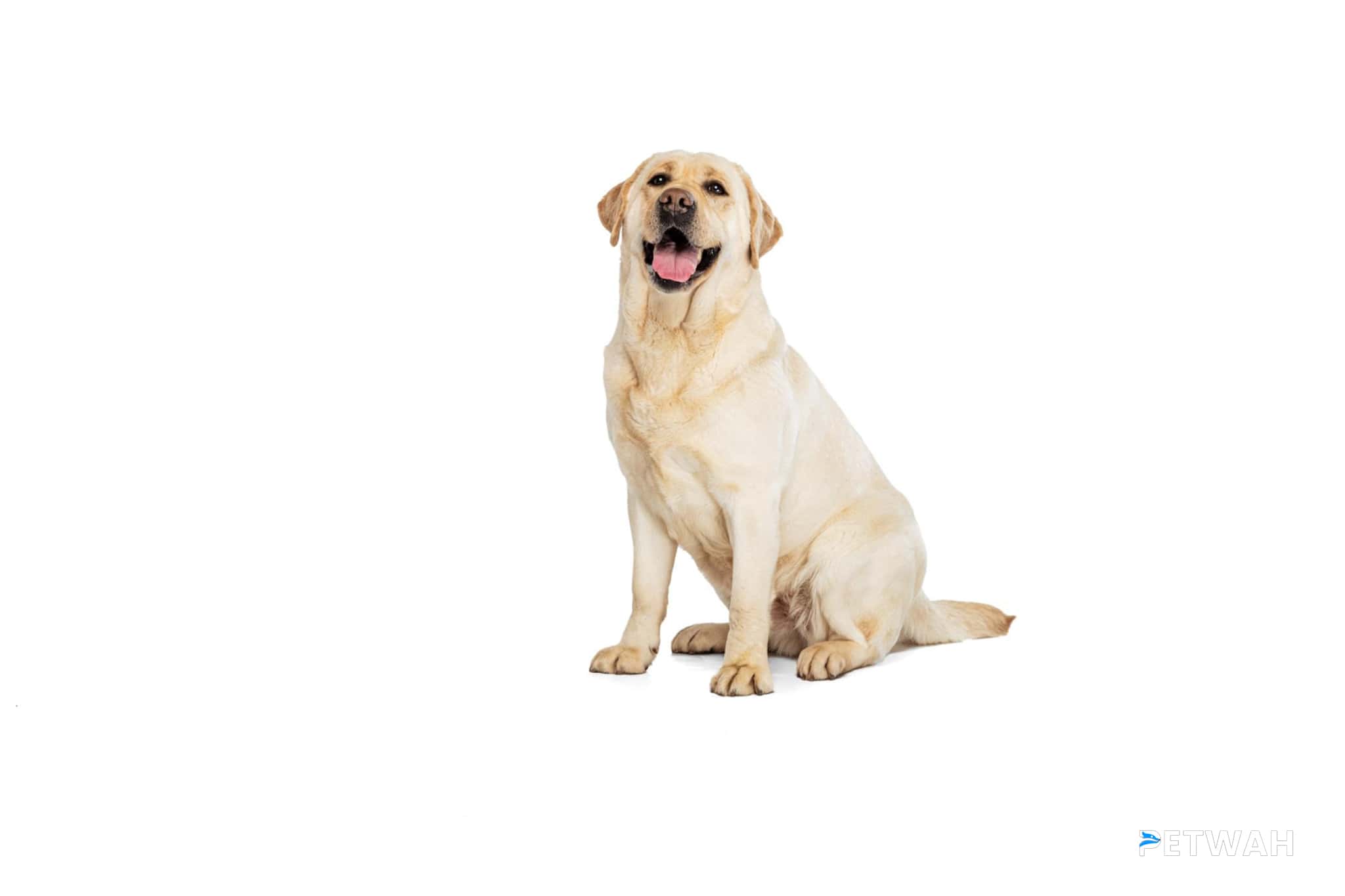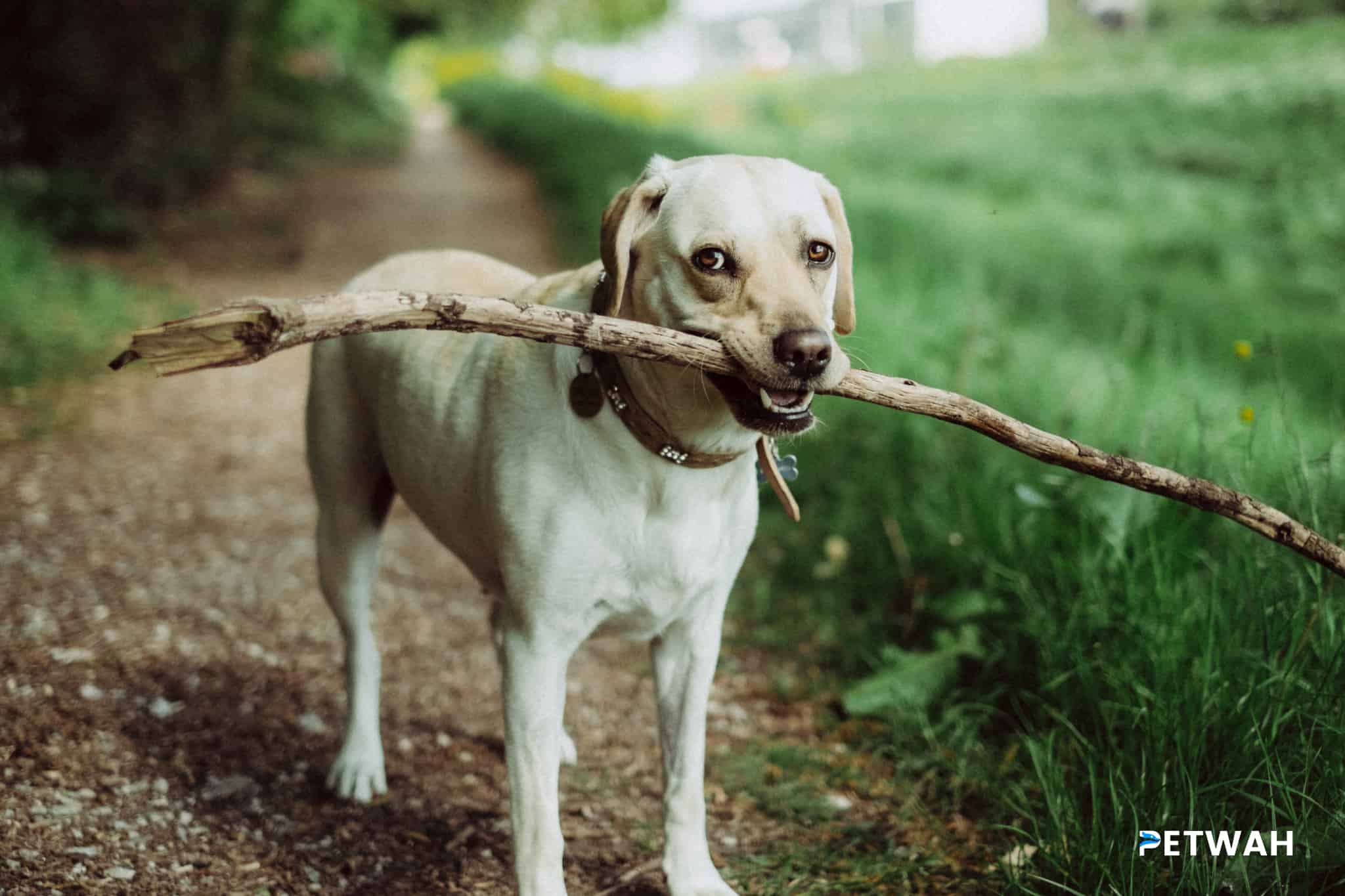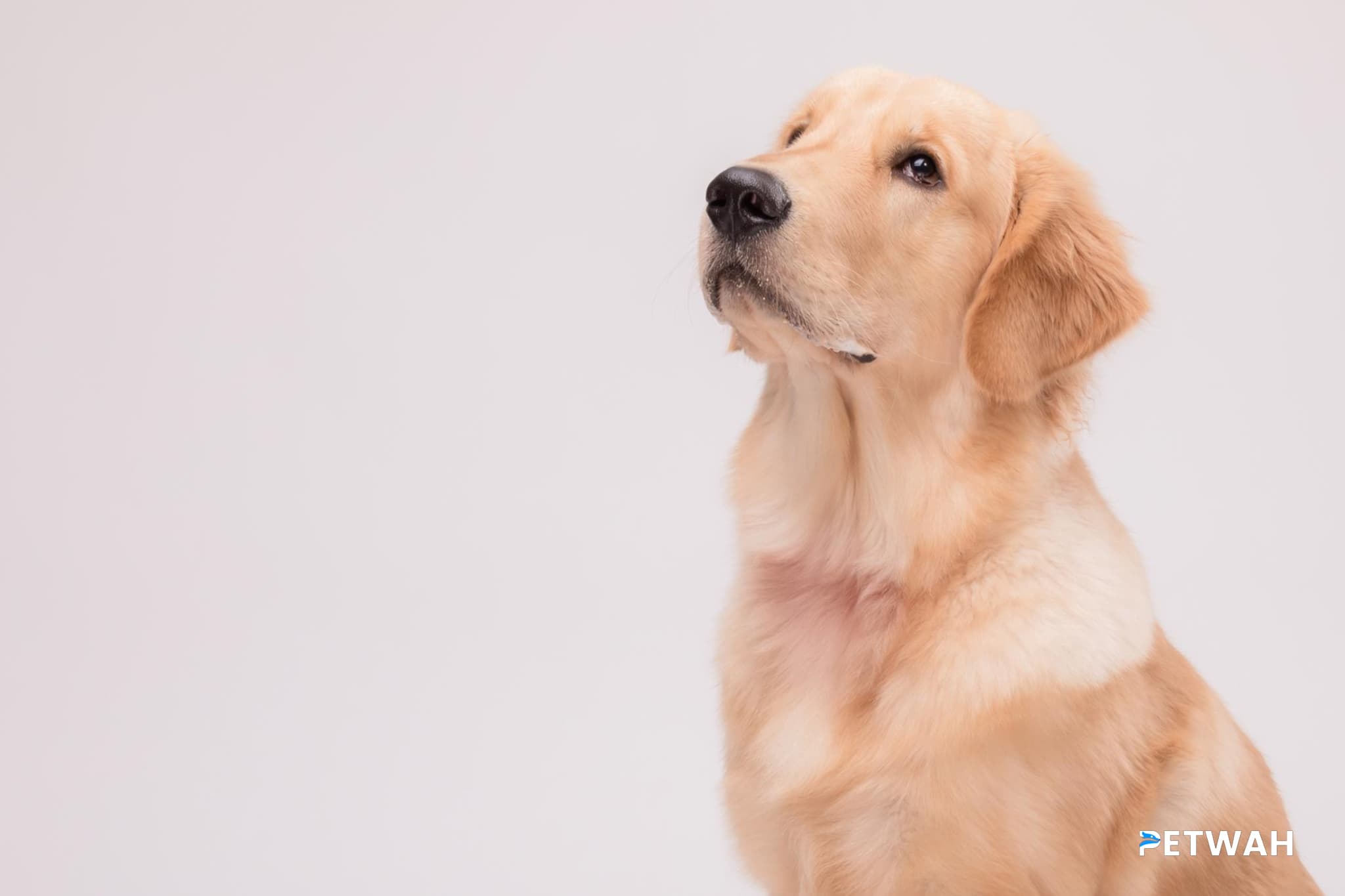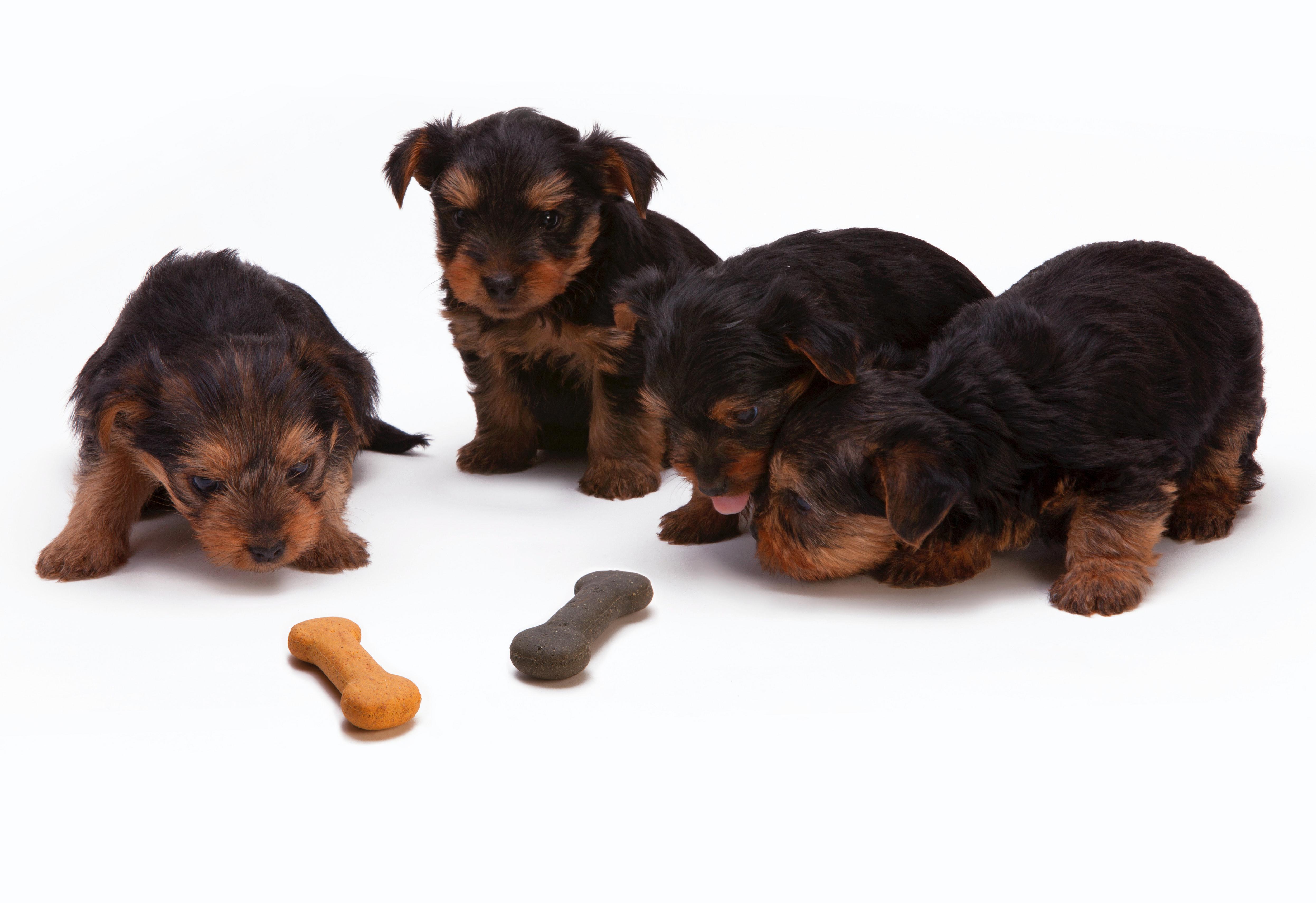
Dogs come in all shapes and sizes, with many breeds ranging from small Chihuahuas to large Great Danes. But what is the reason for this vast size variation among breeds? Through a mix of science and history, this blog post will uncover the reasons for this size difference and explore what makes each breed so unique.
When it comes to the world of dogs, no two breeds are exactly the same. From Chihuahuas to Great Danes, the sizes of dogs can vary drastically. But why do some breeds grow to be so much bigger than others? In this blog post, we’ll uncover the reasons for the vast size variation among dog breeds, and explore how these differences have come about.
So what exactly causes the size variation in dogs? To answer this, it’s important to understand the genetic makeup of the breeds. Every breed of dog has a unique genetic code, which can determine a wide variety of characteristics, including size. This genetic code is passed down from parent to offspring, and over time, different breeds have developed to produce dogs of different sizes.
In order to understand how this works, it helps to look at the history of dog breeding. During the early days of dog breeding, individuals would select dogs with desirable traits to mate with one another, in order to produce offspring with desirable characteristics. This process, known as selective breeding, enabled breeders to create specific breeds of dogs with the desired characteristics they wanted.
For example, the Great Dane was bred to be the largest breed of dog. By selectively breeding dogs with larger sizes and other desired traits, breeders were able to create a breed with a very large size. On the other hand, Chihuahuas were bred to be the smallest breed of dog. By selectively breeding dogs with smaller sizes and other desired characteristics, breeders were able to create a breed with a very small size.
In addition to selective breeding, certain environmental factors can also play a role in determining a dog’s size. For example, the amount of food a dog is given can affect its growth rate. Dogs that are given a larger amount of food will grow faster and larger than dogs that are given less food. Additionally, the climate in which a dog lives can also affect its growth rate. Dogs living in warmer climates tend to grow faster than those living in colder climates.
All these factors combined have led to the vast size variation among dog breeds. Chihuahuas, which were bred to be very small, will typically remain small due to their genetics and the environment they live in. Great Danes, which were bred to be large, will often remain large due to their genetics and the environment they live in.
Ultimately, the size variation among dog breeds is a result of selective breeding and environmental factors. By selectively breeding dogs with desirable traits, breeders have been able to create a wide variety of breeds with different sizes. In addition, environmental factors such as food and climate can also play a role in influencing a dog’s size. By understanding these factors, we can better understand why there is such a vast size variation among dog breeds.
In conclusion, the vast size variations among dog breeds can be attributed to selective breeding and environmental factors. With the help of breeders and geneticists, we can continue to uncover the underlying reasons for these size differences in order to better understand the evolution of the canine species. Breeds such as the Chihuahua and the Great Dane show us the wide range of sizes and shapes that dogs come in, and remind us of the importance of responsible pet ownership regardless of breed size.


